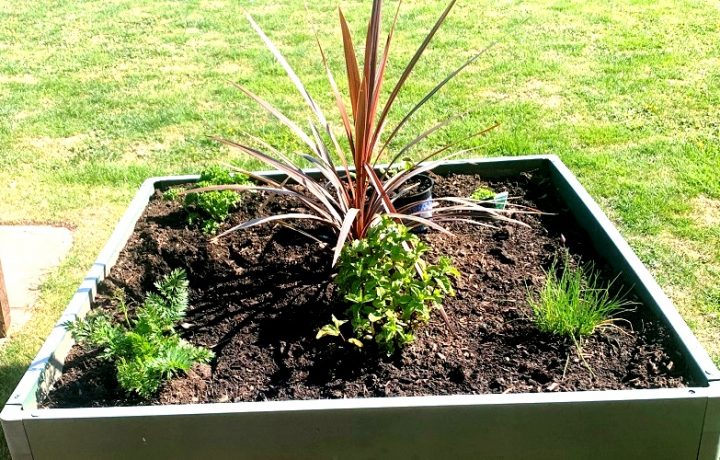Lawn care can often be one of those things you’ll ‘get around to’ eventually. However, it can end up being something you combat sooner rather than later, particularly if poor soil health contributes to a pretty disastrous looking lawn.
But if you know your soil health is suffering, what do you do next? Read on to find out. The lawn care experts at www.lawncareman.com.au tell us it can be a lot easier than you think to bring your soil or lawn back to optimum health.
Identify Your Soil Type
To know the best course of action, it pays to know what soil type you have. The three most common are loam, clay, and sandy. Loam soil tends to be the most desirable for lawn health.
If your soil doesn’t appeal to be healthy, you can add a soil mix of sand and clay with heavy soil and composted material to give it a health boost. The sand and clay will form a base, while heavy soil on top can aid in moisture retention and water movement.
You can then add chicken manure and green waste, along with other nutrients, to create a balanced pH level for premium grass growth.
What to Do with Existing Lawns
Trying to improve soil health can seem a lot more complicated when you’ve got an existing lawn. However, there is a lot you can do to promote healthy growth.
If you have sandy soil, aerate it before adding organic matter with a top spreader during the growing season. You can do the same with clay soil, but add gypsum.
It also helps to carry out a soil test so you can determine what the problem is. Add lime if it’s too acidic or sulphur if it’s too alkaline. Remember to make changes to your lawn only during the growing season and water the mixture into your lawn.
What About a New Lawn?
If you have concerns about your soil’s health before adding a new lawn, don’t rush the process. Get your soil in tip-top shape to ensure any lawn growth in the future will be healthy.
If you have sandy soil, add some dirt with clay and organic matter. This combination improves water retention, which sandy soils can struggle with. If you have clay soil, you may have the opposite problem – too much water retention.
In that case, add gypsum and organic matter and mix it through the soil. By doing so, you can make nutrients more available to your new lawn while improving structure, oxygen, and drainage.
Sometimes, the soil health is actually okay before you lay your lawn. It may have just become compacted over time. Turn over the soil and add some gypsum. To be sure, undertake a soil test to check the pH levels.
Even if you’re not typically one to worry about lawn care, it can be an essential part of homeownership. If you notice that your lawn is not looking at its best, or you’re about to lay new grass, soil health can be an essential factor. Consider purchasing a soil pH test, so you know which direction to head in next.


